Window boxes can be as varied as the homes they adorn. From bright, sun-loving explosions of color to cool, shade-tolerant layer cakes of foliage, today’s best designs mix “thriller, filler, spiller” planting know-how with specialized containers—self-watering, insulated, or cedar-framed—to create curb-appeal in every season. Garden writers and designers emphasize three key principles: match plants to micro-climate; group by water need; and vary height, texture, and bloom time for nonstop interest. Whether you lean cottage style, coastal chic, or modern minimalist, the 20 ideas below translate professional advice into ready-to-plant blueprints, so you can pick the palette and purpose that fit your sill, balcony, or porch.
1. Sunny Color-Splash Box
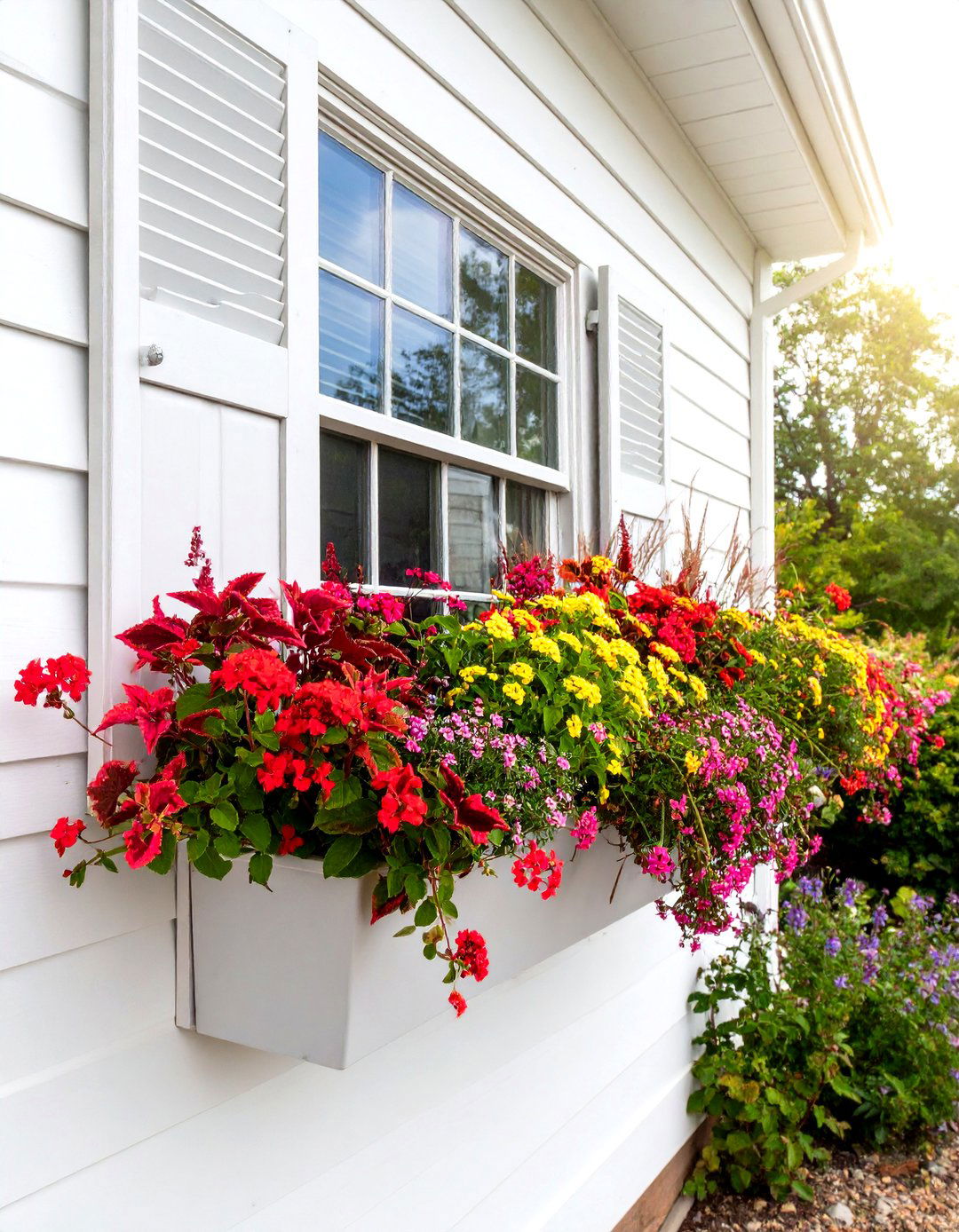
Packed with coleus, lantana, and bear grass, this all-sun recipe delivers supersaturated foliage and fiery blooms from late spring through frost. BH&G notes that contrasting coleus cultivars tolerate full sun when evenly watered, letting you play with neon pinks against chartreuse or copper leaves. A single lantana feeds butterflies while acting as a heat-proof “thriller,” and upright bear grass adds architectural height without extra fuss. Use a 30-inch planter with large drainage holes and a slow-release fertilizer to keep the colors intense.
2. Shaded-Serenity Foliage Box
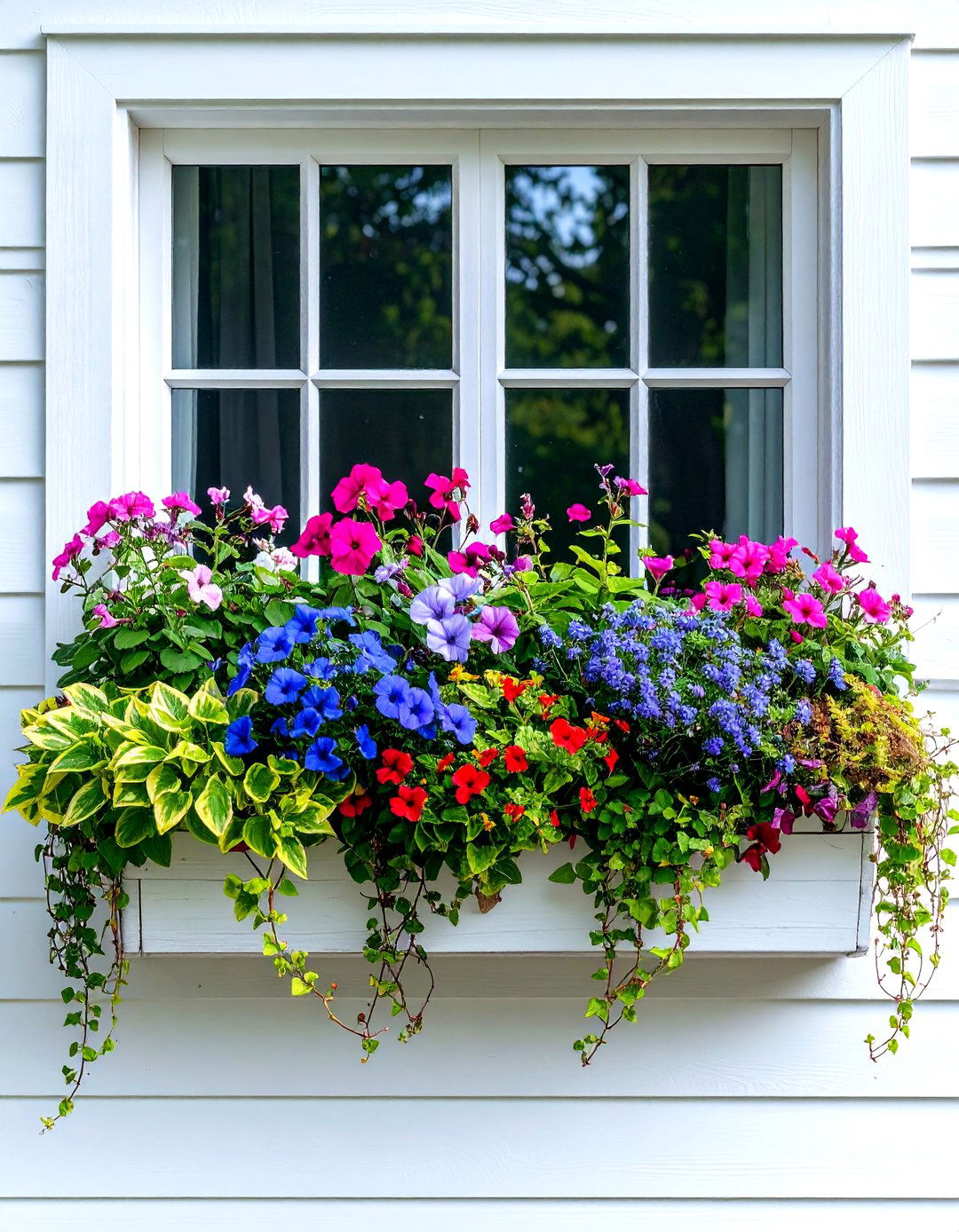
Impatiens, fuchsia, and variegated hosta thrive where afternoon sun never reaches. Matching plants that share “medium moisture, low light” requirements prevents leggy growth and mildew, according to BH&G’s shade-box guide. Underplant with trailing ivy to soften edges and echo hosta stripes, then top-dress with fine pine bark to lock in moisture. A west-facing sill gains instant depth without gaudy color clashes.
3. Self-Watering Cottage Box

Build (or buy) a PVC-reservoir planter that hides a fill spout in the corner; capillary holes along a perforated pipe wick moisture upward, reducing daily watering chores by 60 percent. Fill with petunias, bacopa, and verbena for continuous bloom, knowing the hidden tank keeps roots consistently damp but never flooded. Paint the exterior soft eggshell white and add carpenter-style corbels for instant cottage charm.
4. Pollinator-Paradise Box
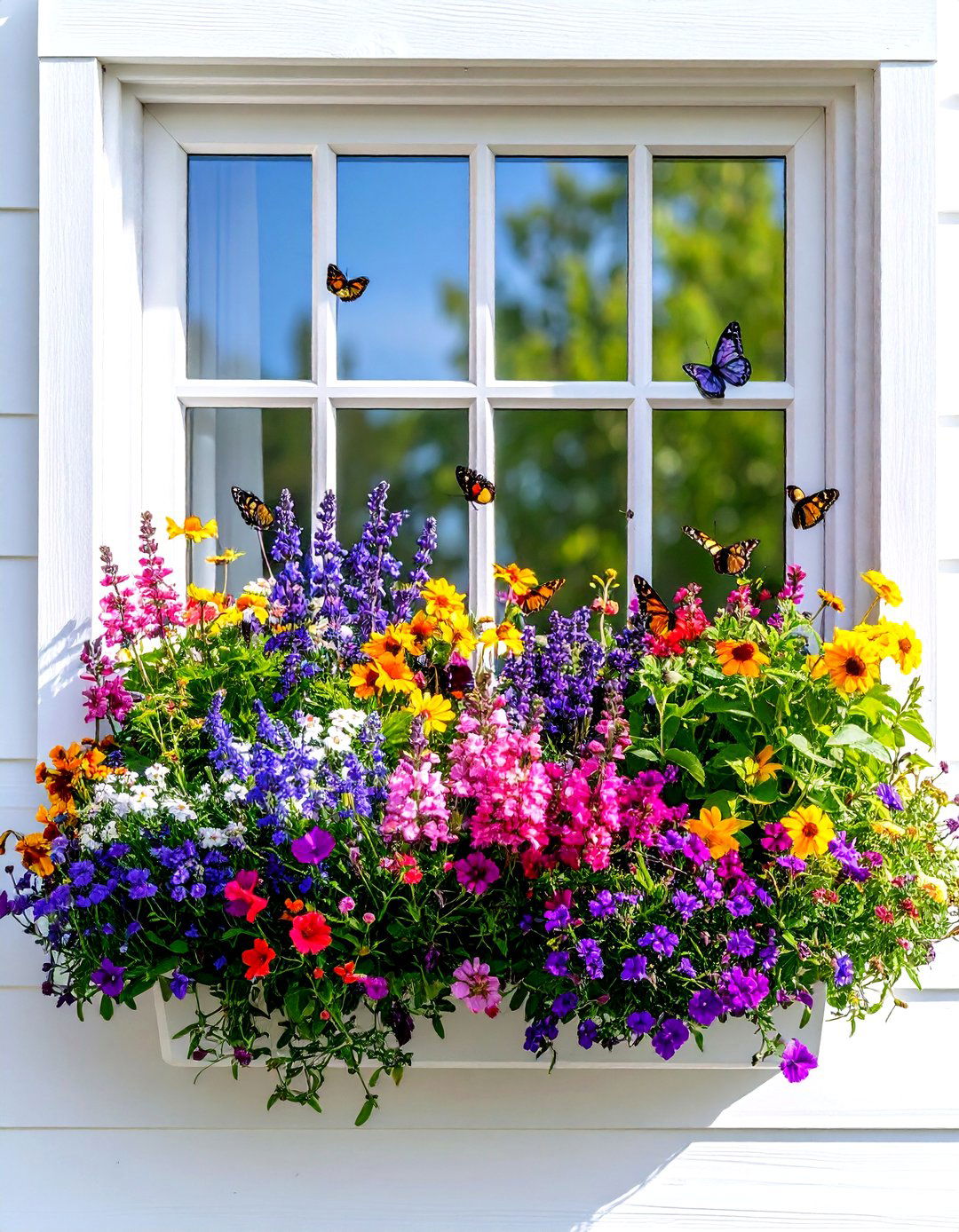
Native penstemon, dwarf salvia, and trailing verbena supply nectar from spring to autumn while fitting the 18-inch depth most window boxes allow. Pollinator.org’s virtual planner recommends choosing species from your ecoregion to maximize bee and butterfly benefit. Avoid pesticides, leave a shallow terracotta saucer for water, and dead-head blooms weekly to extend the buffet.
5. Evergreen-Elegance Winter Box

Drape cedar boughs and spruce tips outward, then stud with red twig dogwood stems and battery micro-lights for a display that lasts, unfrozen, into February. The Spruce notes florist foam anchors twigs securely while sand insulates roots. Mist greens after warm spells to keep needles glossy, and swap ribbon colors to carry the box from Christmas-festive to late-winter chic.
6. Chef’s Herb-Kitchen Box
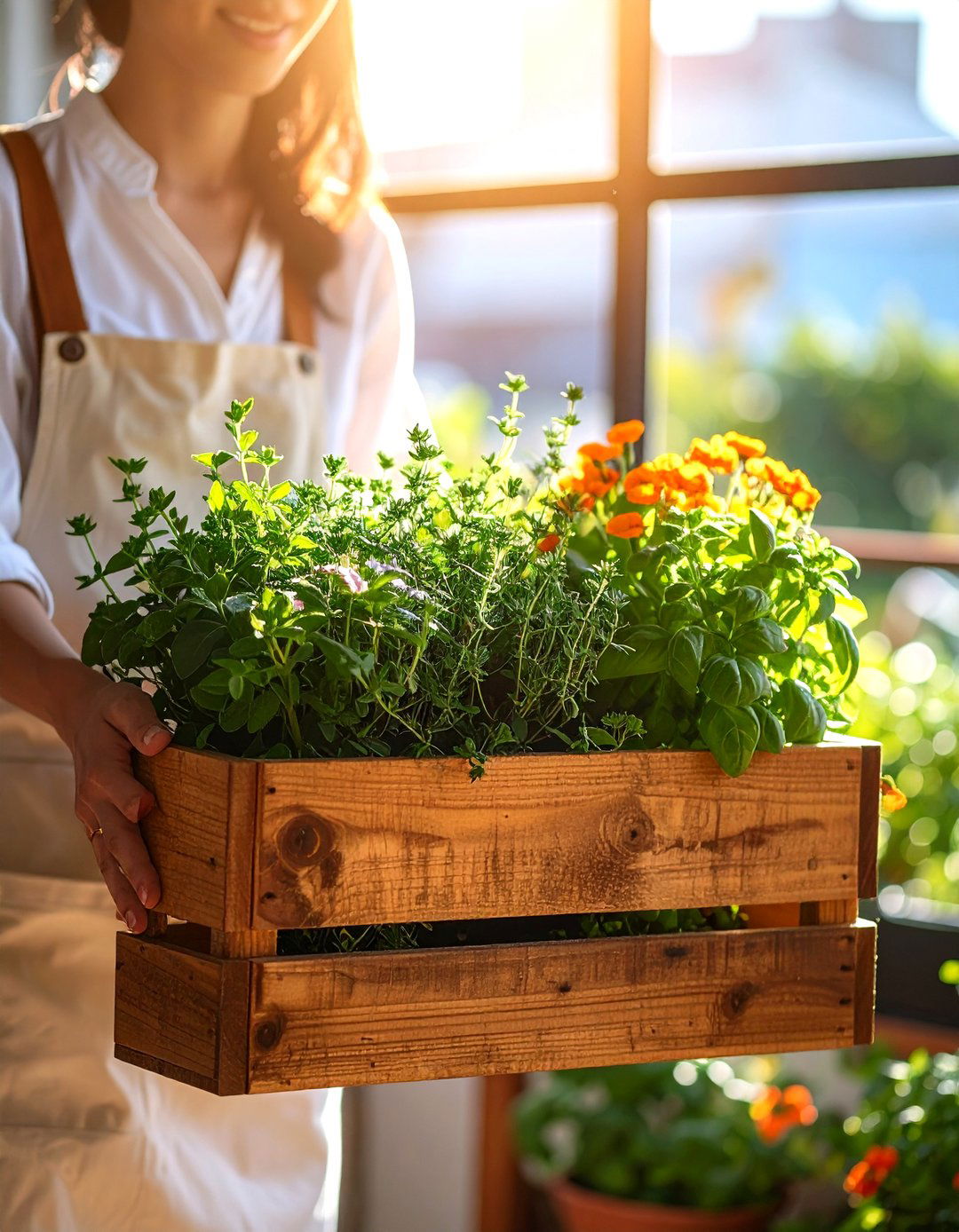
A cedar trough 8 inches deep comfortably hosts parsley, thyme, and dwarf basil—herbs that BBC Gardeners’ World flags as high-yield yet compact. Pinch back basil tips weekly to prevent bolting, rotate the planter a quarter-turn every few days for even sun, and tuck in edible nasturtiums for extra salad garnish.
7. Drought-Proof Succulent Showcase
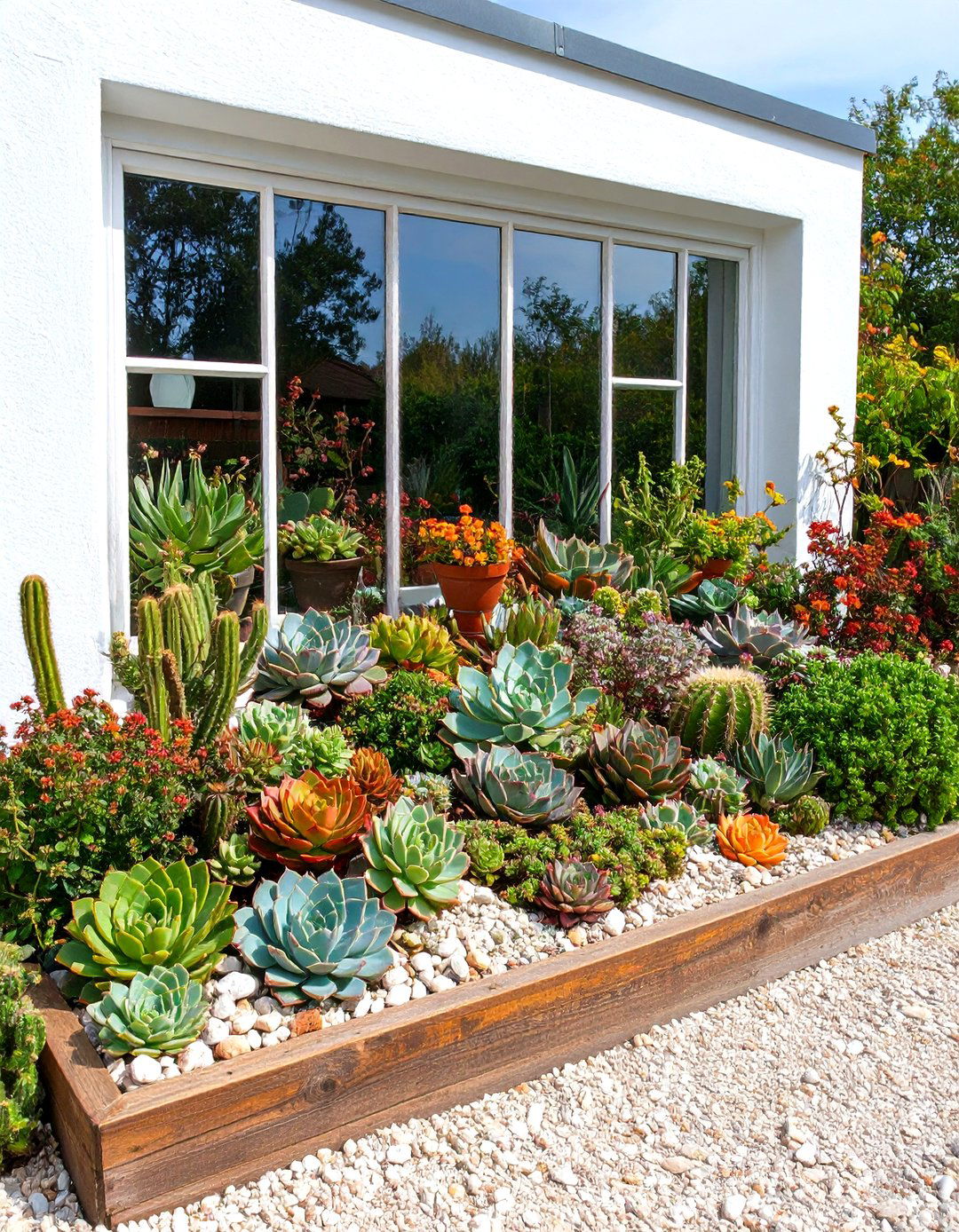
Hardy Sempervivum and sedum form overlapping rosettes that shrug off midsummer heat. Succulents & Sunshine lists cultivars tolerant to –20 °F, so the same box shines all winter in temperate zones. Add a gritty cactus mix and a shallow 4-inch layer of pea gravel on top to suppress weeds and highlight sculptural forms.
8. Coastal-Breeze Beach Box
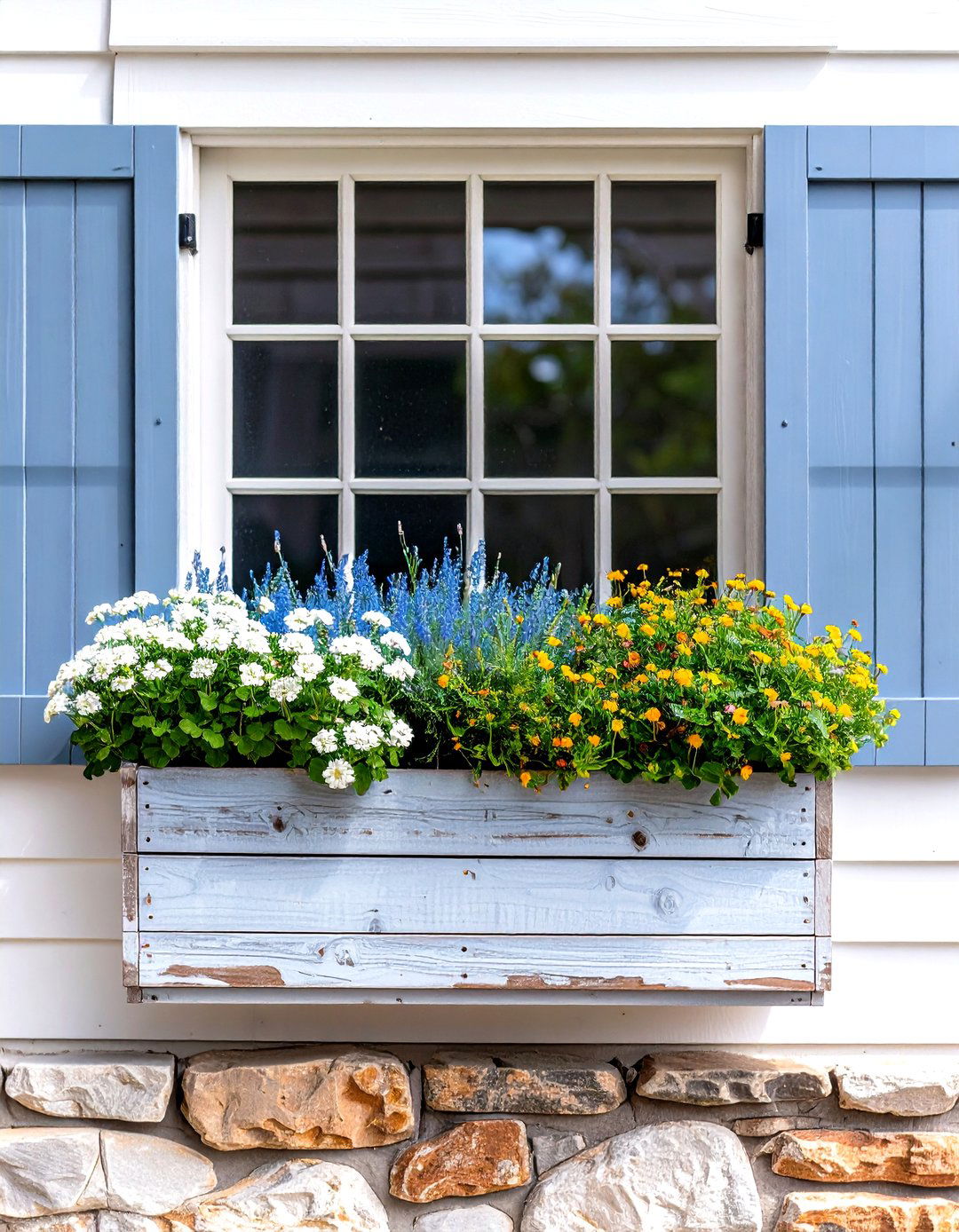
Silver-leafed artemisia, blue fescue grass, and white geraniums echo driftwood hues while resisting salty winds common to seaside homes. Southern Living advises pairing “thrillers” like boxwood spheres with spillers such as ivy for balanced volume in coastal facades. Use lightweight fiberglass planters to prevent corrosion from sea spray.
9. Modern-Minimalist Grass Box
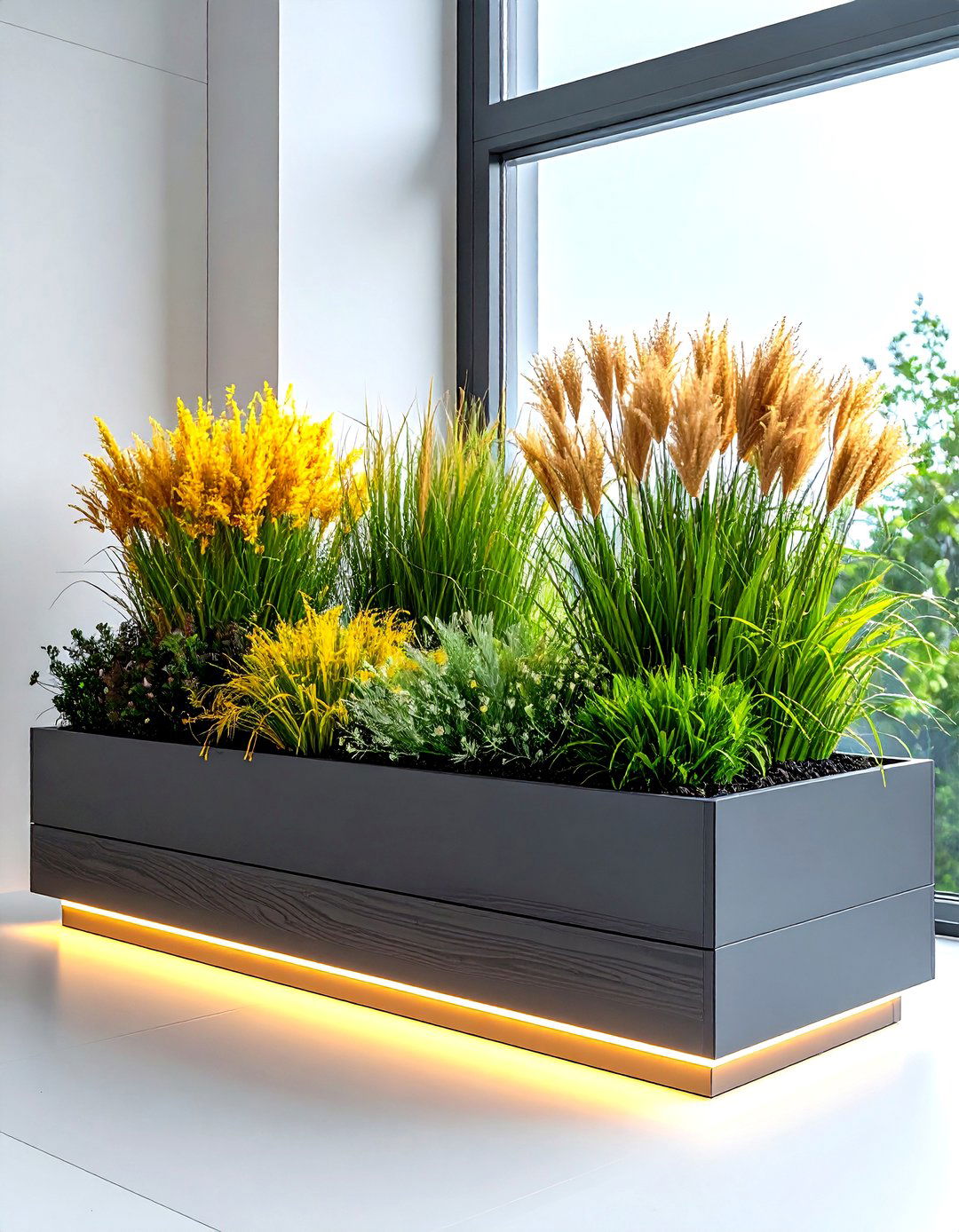
A trio of Carex ‘Evergold,’ Japanese forest grass, and black mondo creates clean lines and year-round motion. Houzz recommends clumping grasses for striking vertical texture without floral fuss. Paint the planter matte charcoal so foliage becomes the star, and underlight with strip LEDs for nighttime drama.
10. Salad-Bowl Veggie Box

Loose-leaf lettuce, radishes, and arugula mature in 35–45 days, offering repeat harvests from a single sowing. BH&G’s container-veg guide stresses choosing vessels at least 8 inches deep and watering consistently to avoid bitterness. Succession-plant every two weeks for continuous crunchy greens.
11. Aromatic-Fragrance Box
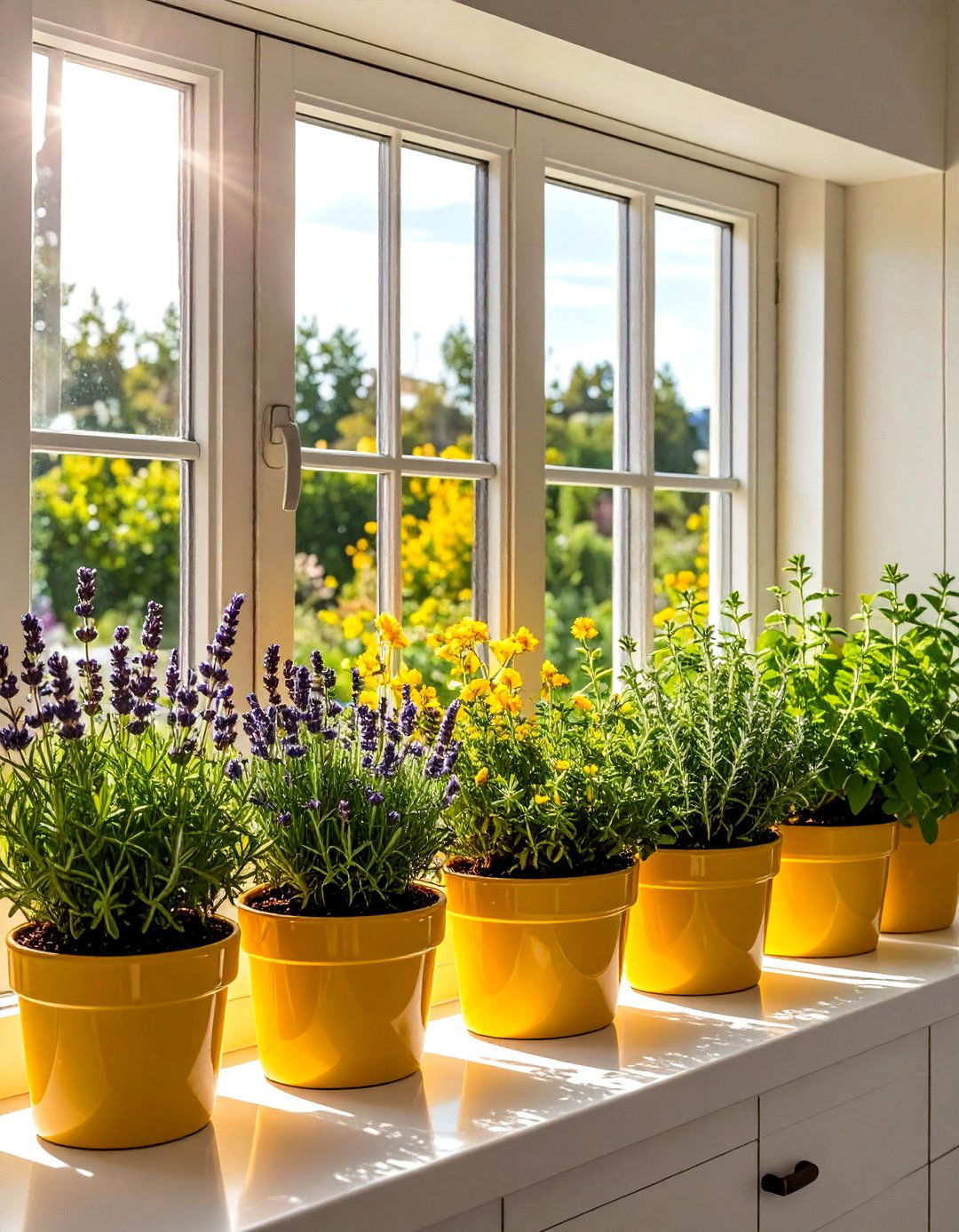
Layer lavender, dwarf rosemary, and trailing lemon thyme; all prefer lean, well-drained soil and release essential oils when brushed. RHS notes that thyme thrives in containers and demands little maintenance once established. Set this box beneath a kitchen window to scent indoor breezes.
12. Shade-to-Sun Transition Box
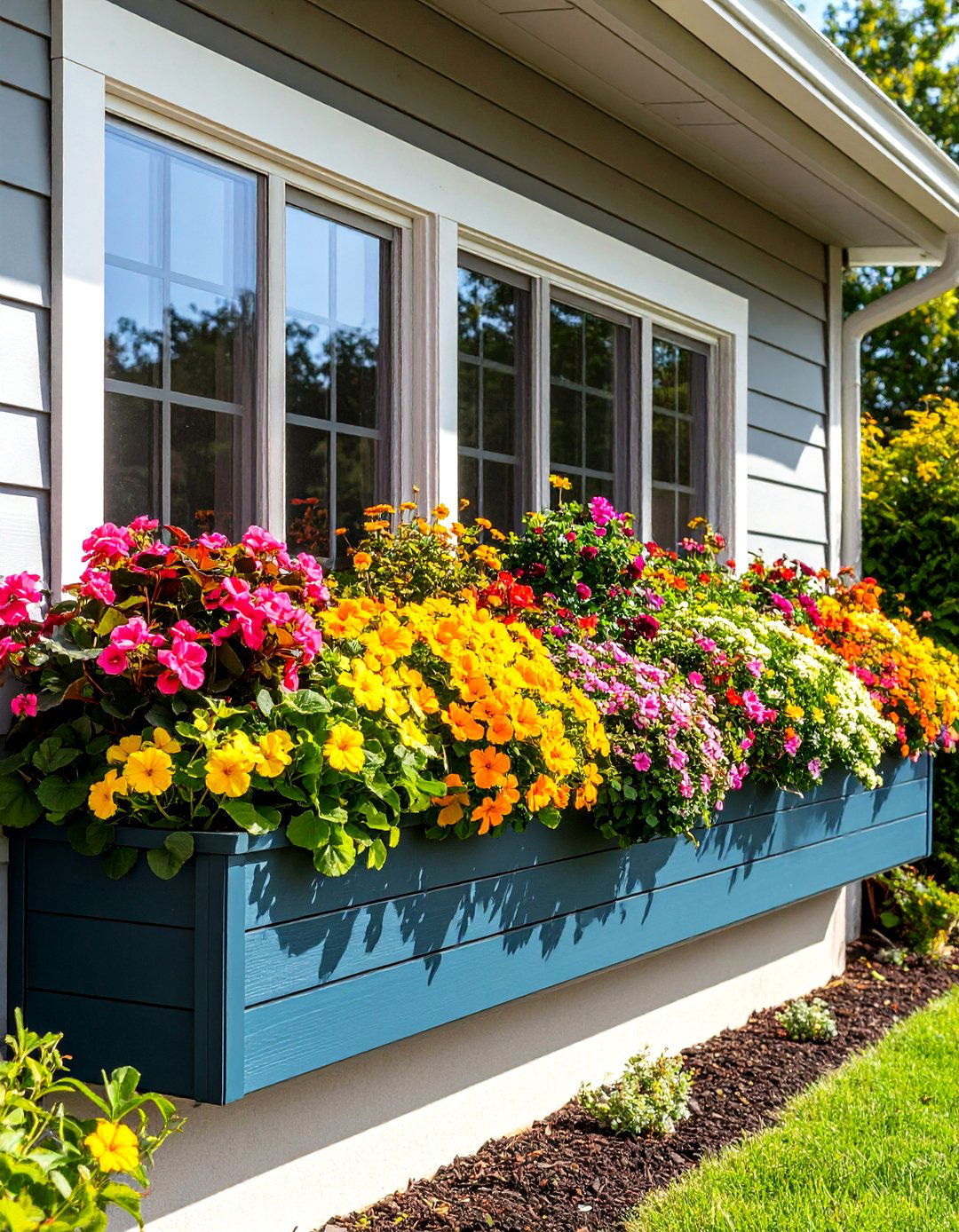
Begonias at the shaded end blend seamlessly into sun-tolerant calibrachoa farther along a long facade, using Southern Living’s “thriller, filler, spiller” formula to unify mismatched light zones. Install a drip line with adjustable emitters so each micro-zone receives tailored moisture.
13. Tropical-Heat Fiesta Box
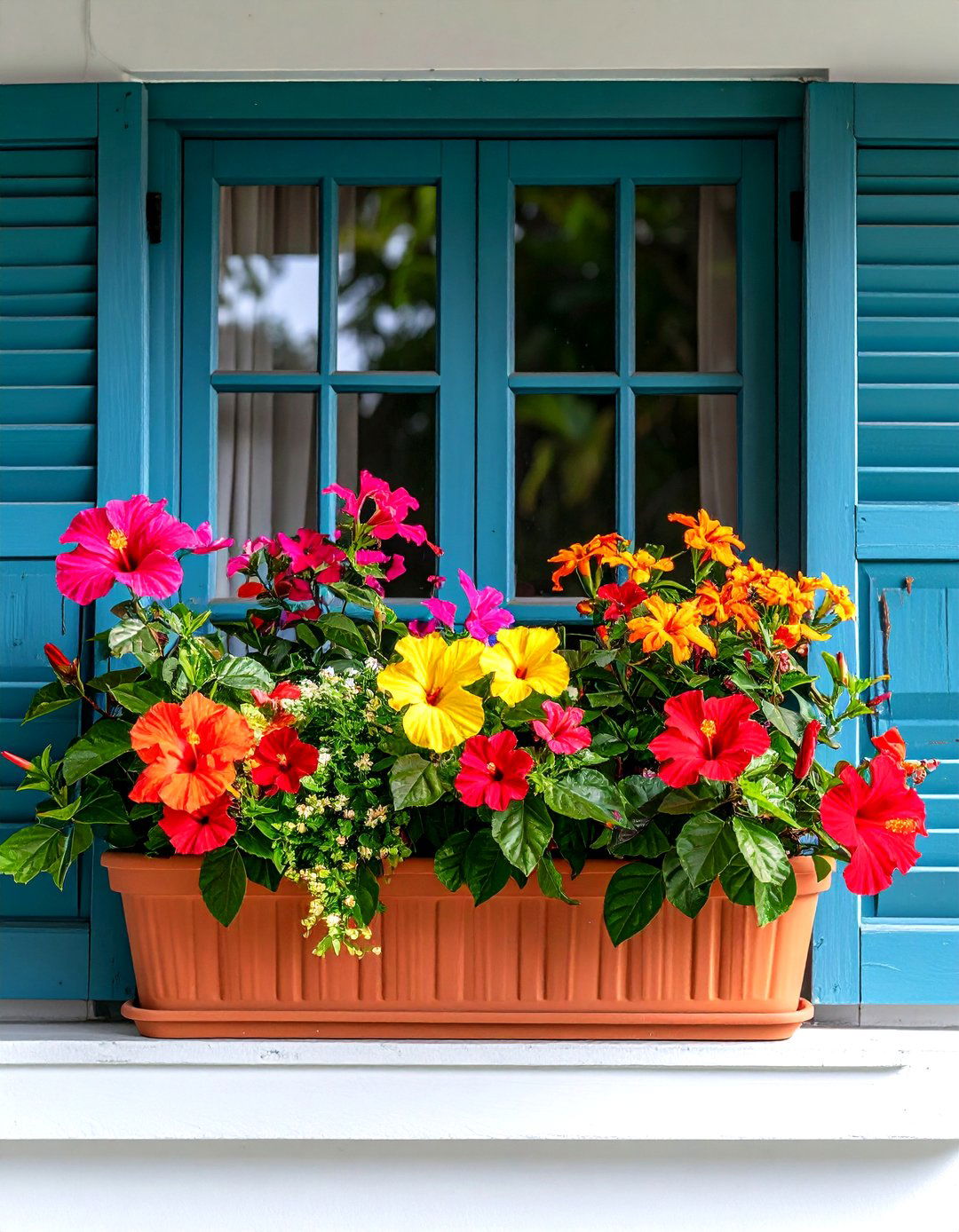
Hibiscus, caladium, and dwarf mandevilla handle triple-digit days without wilting. Southern Living lists these as standout choices for sweltering summers and recommends terra-cotta planters to dissipate heat. Feed monthly with a high-potassium liquid fertilizer to fuel nonstop bloom.
14. Seasonal-Color-Swap Box
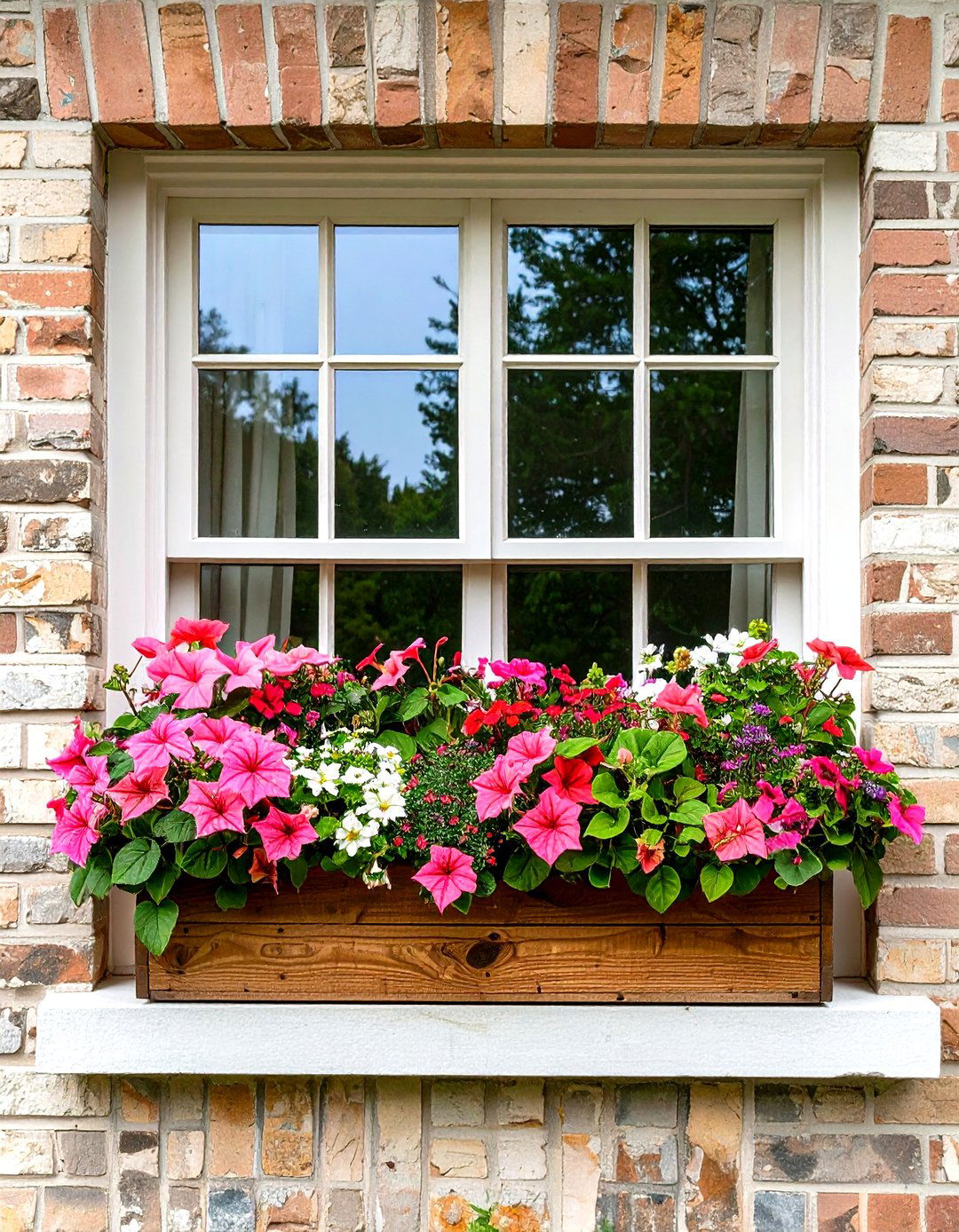
Follow 2025’s monochrome trend by massing pink caladium, angelonia, and SunPatiens® in summer, then subbing in rust-toned heuchera and fall mums come September, per Contained Creations’ trend roundup. Reuse the same potting mix after refreshing with slow-release granules to cut costs.
15. Rustic-Cedar Farmhouse Box
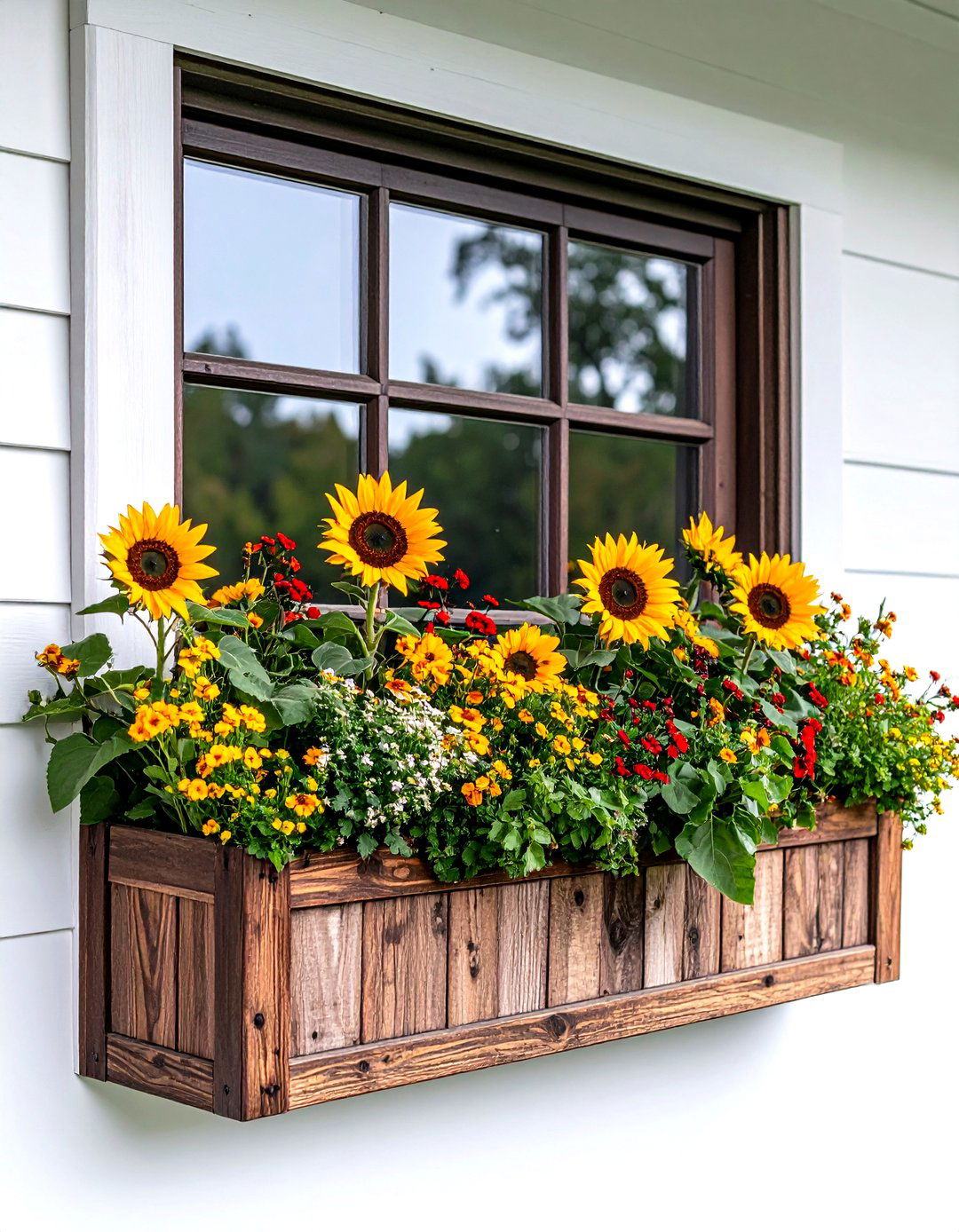
DIY a rot-resistant cedar frame with pocket-hole joinery—Rocky Hedge Farm’s plan shows precise measurements—then stain it walnut for farmhouse warmth. Fill with sunflowers, trailing nasturtium, and dwarf corn for a playful “mini-field” effect.
16. Fairy-Garden Fantasy Box
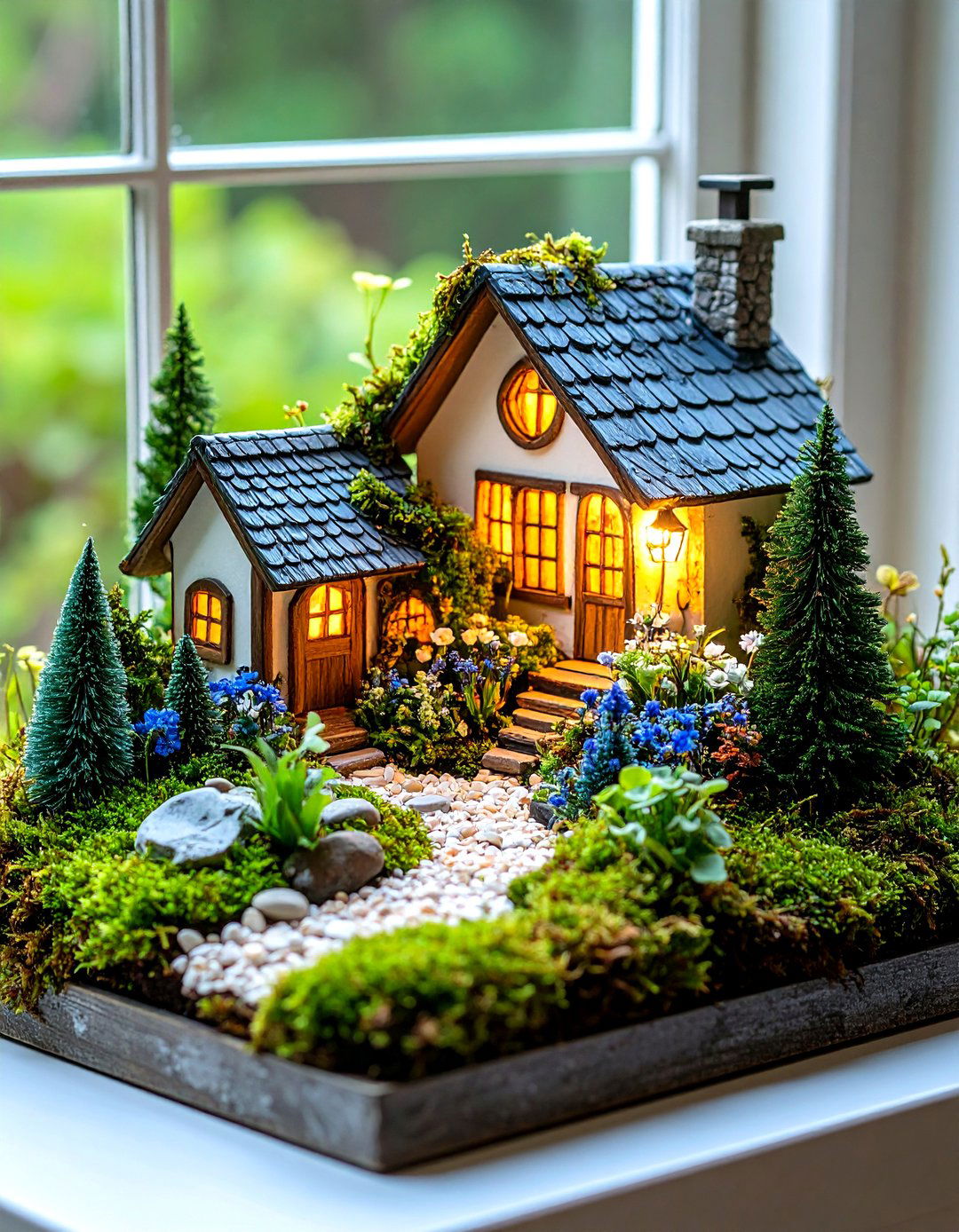
Miniature conifers, spotted dead-nettle groundcover, and a resin cottage figurine transform a north-facing sill into storybook woodland. Sunset’s container gallery illustrates how scale and texture evoke depth in small plantings. Scatter pea gravel paths and add a battery tea-light lamppost for evening sparkle.
17. Moonlight-Glow Repetition Box
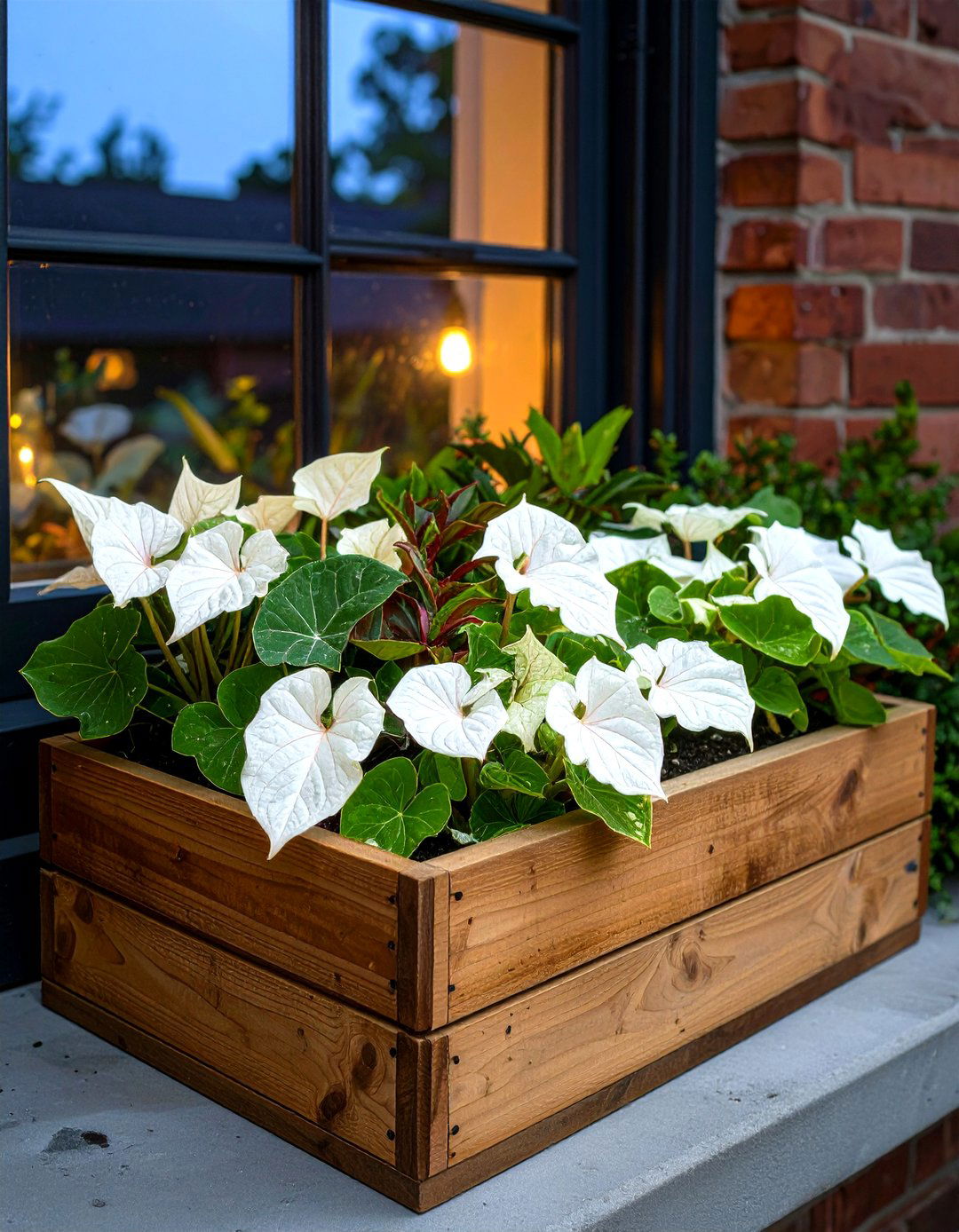
Repeating pale coleus and white caladiums makes foliage appear to glow after dusk; BH&G highlights repetition as “foolproof” for cohesive window boxes. Accent with silver dichondra ‘Silver Falls’ trailers to catch moonbeams and streetlights alike.
18. Sleek-Metal Trough Box
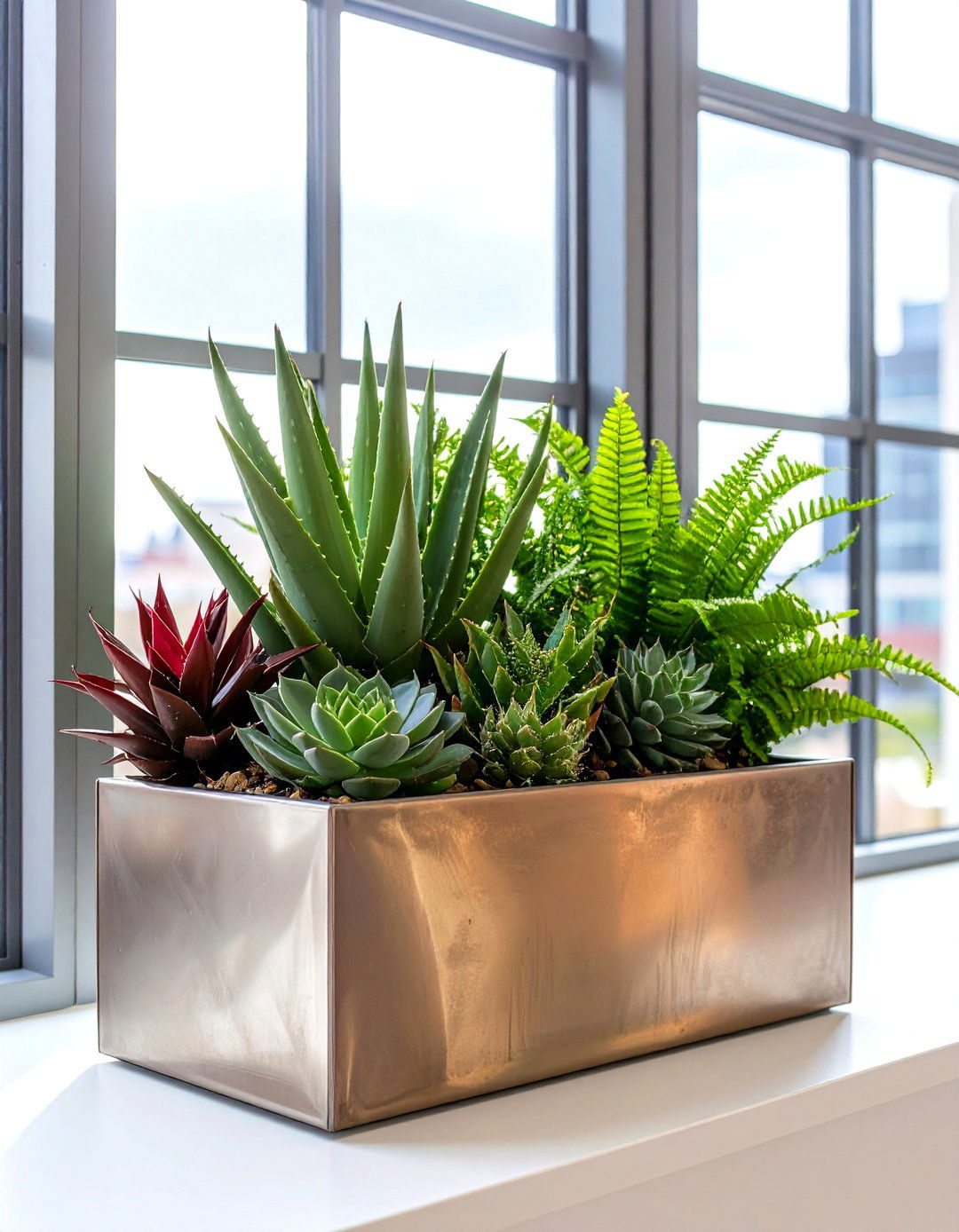
Powder-coated aluminum troughs with built-in water-level indicators reduce maintenance while complementing modern architecture. Gardener’s Supply touts reservoirs that keep roots hydrated up to a week. Fill with sculptural aloe, foxtail fern, and burgundy cordyline for a sharp silhouette.
19. Trailing-Herb Curtain Box
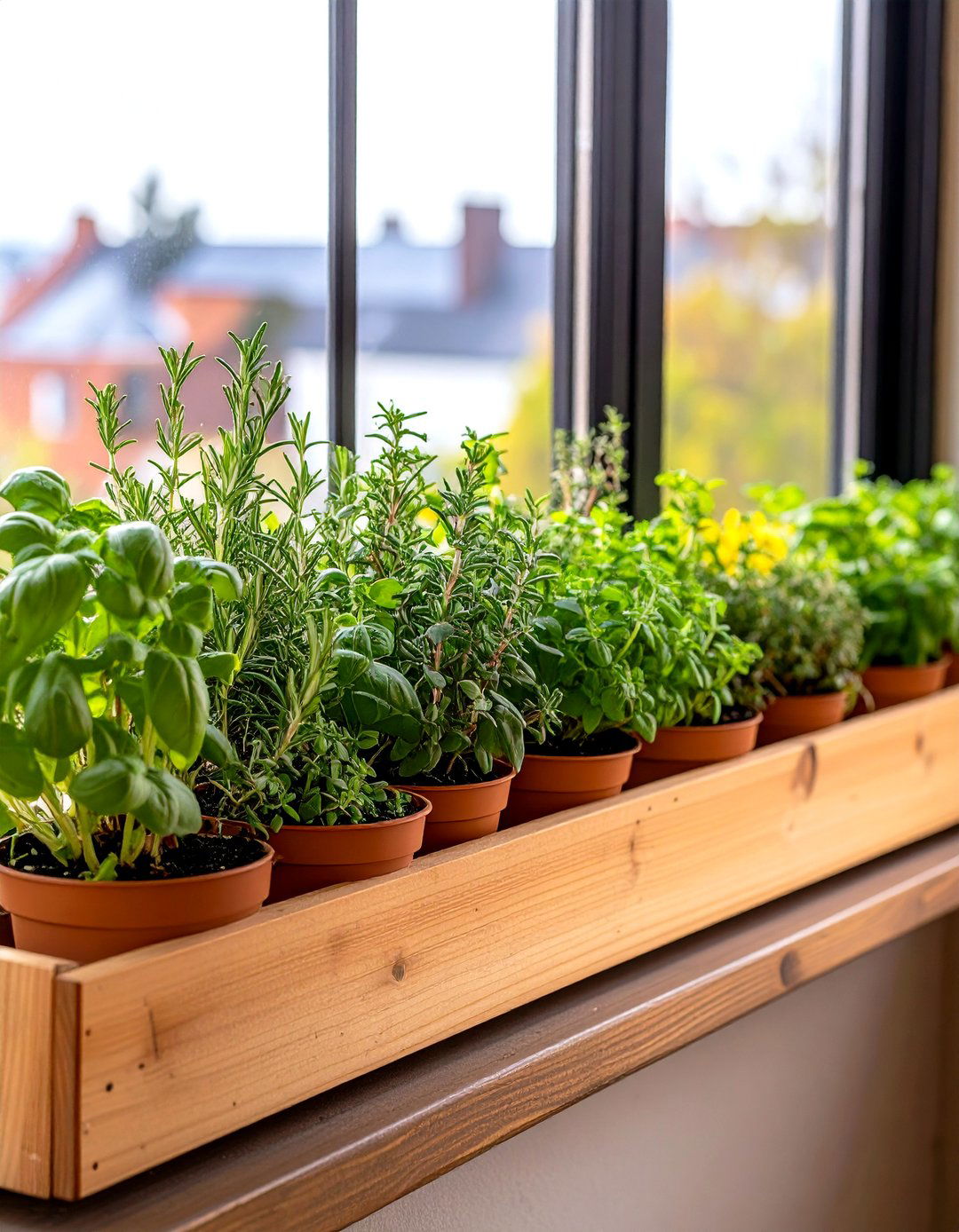
Plant prostrate rosemary, creeping thyme, and oregano; BBC Gardeners’ World lists these evergreen herbs as bee magnets and effective soil stabilizers. Let stems cascade 18 inches over the sill for living “curtains” that perfume outdoor seating areas below.
20. Balcony-Wildlife Micro-Habitat Box
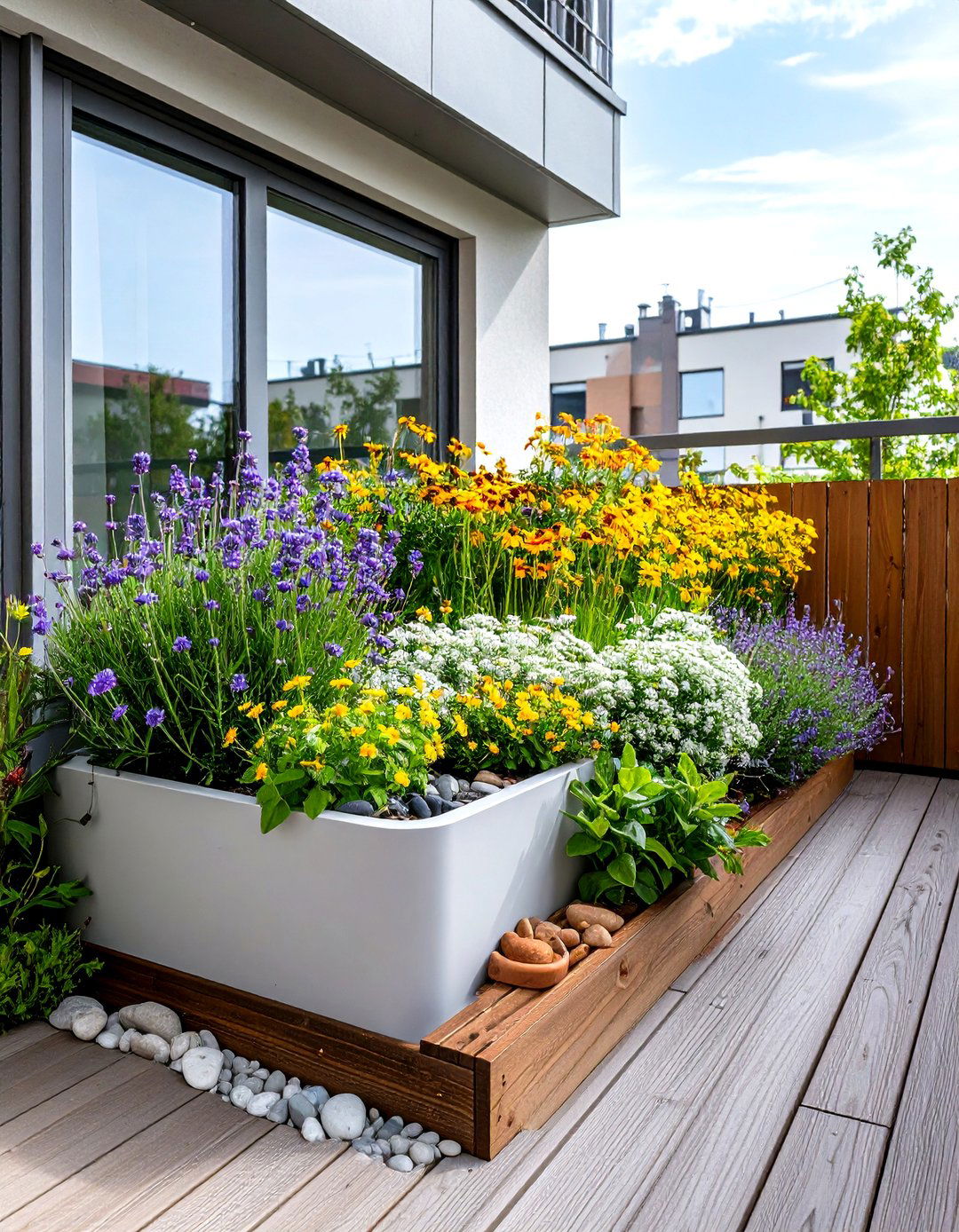
Combine layered height—tall native asters, mid-level dwarf goldenrod, and ground-cover sedum—to mimic natural strata; Homes & Gardens reports this approach boosts biodiversity even on city balconies. Include a shallow pebble water dish and skip chemicals to welcome bees, hoverflies, and small birds.
Conclusion:
By matching plants to light and moisture, staggering textures, and choosing the right container tech—from cedar frames to self-watering troughs—you can turn any window ledge into a living work of art that feeds pollinators, flavors dinners, or brightens gray winters with evergreen drama. Stick to the principle of right plant, right place, and these 20 ideas will keep your curb appeal in bloom all year.


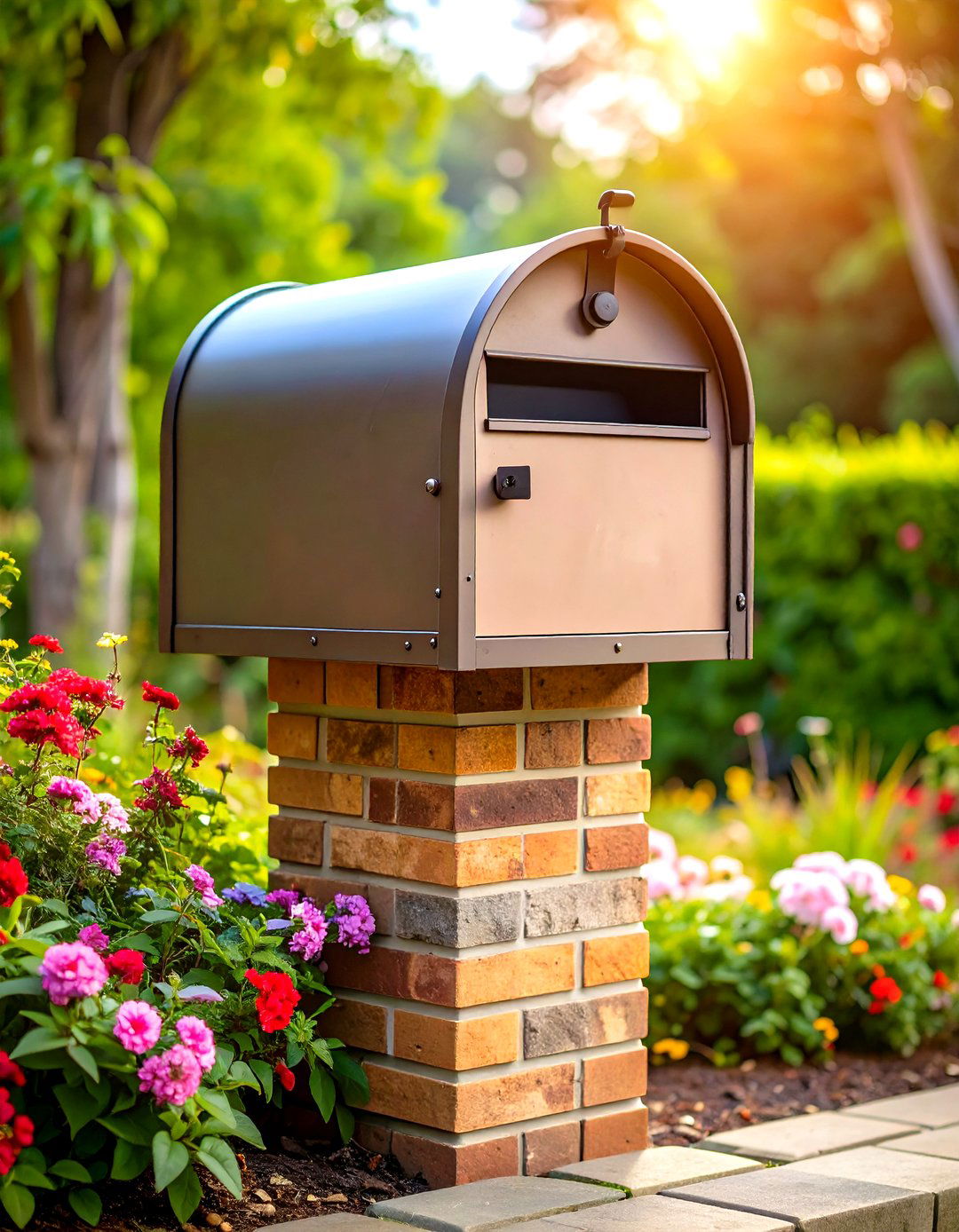
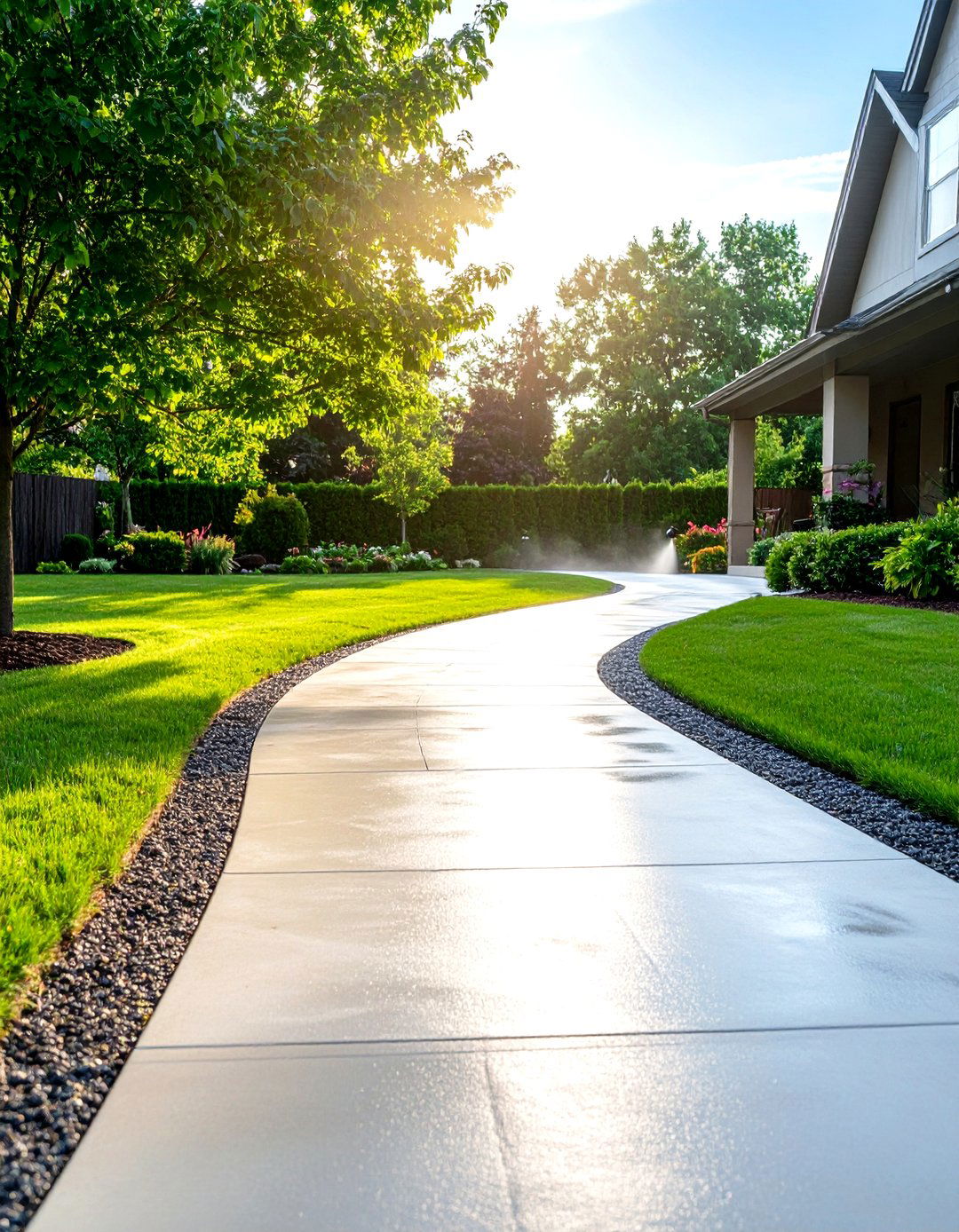
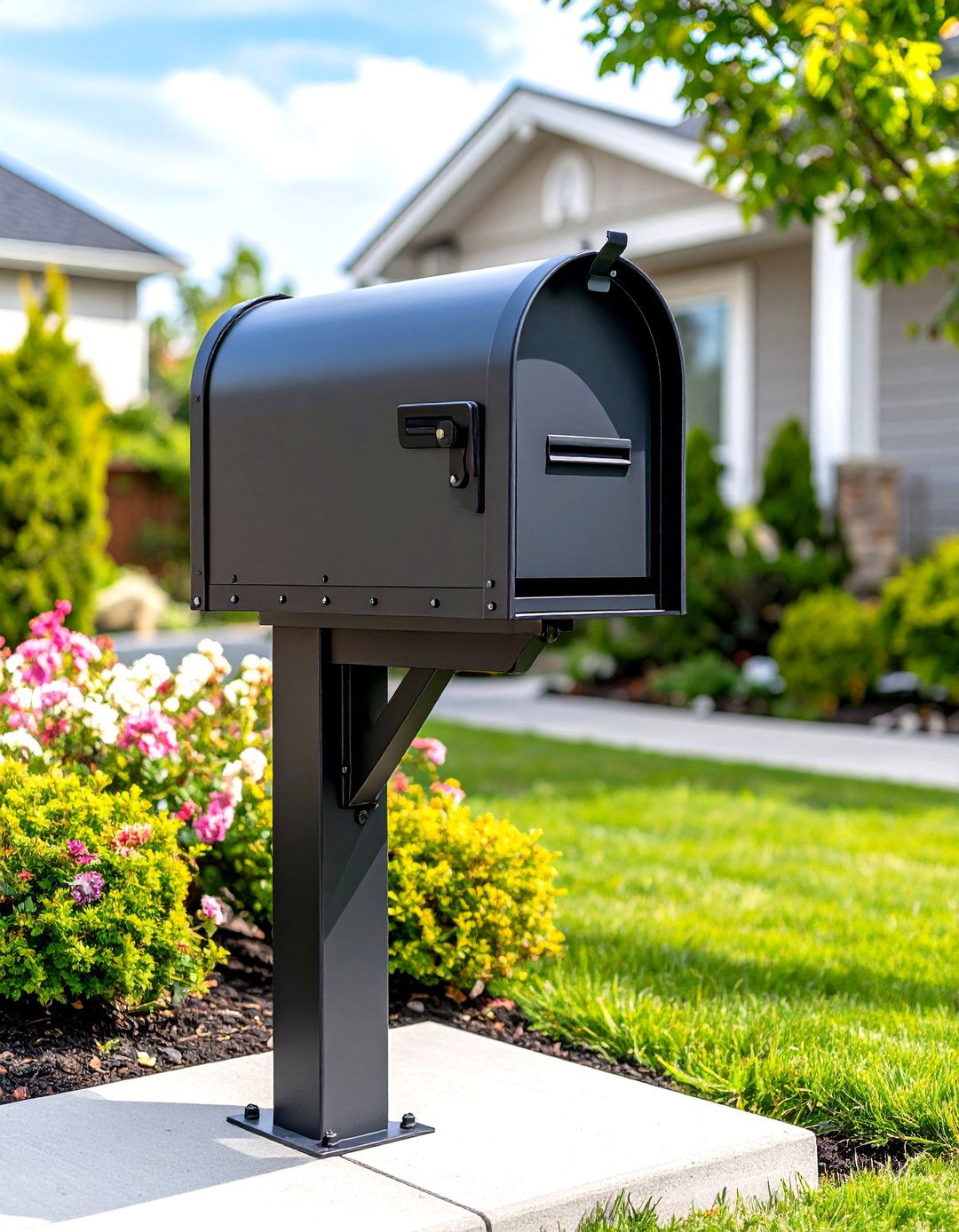


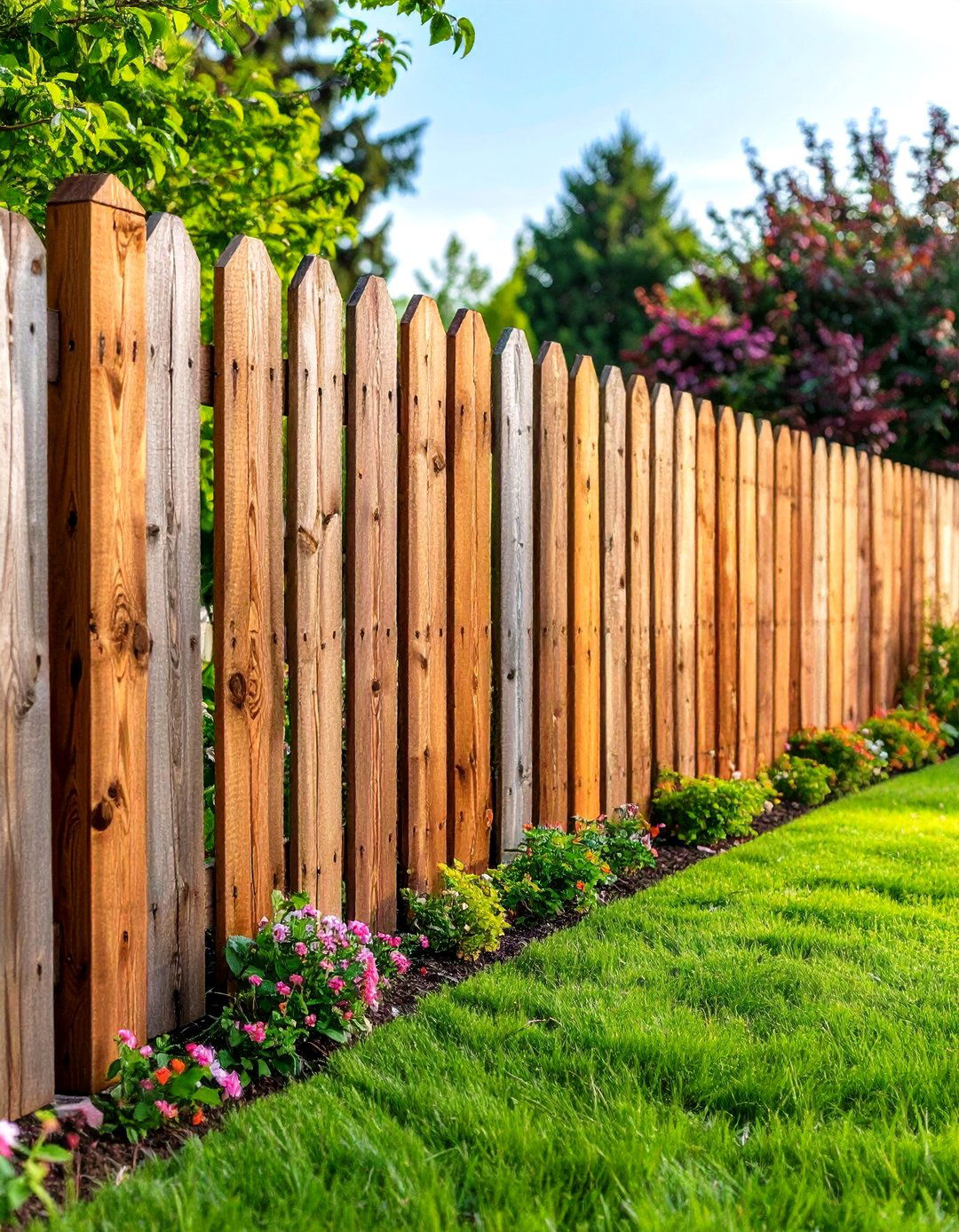
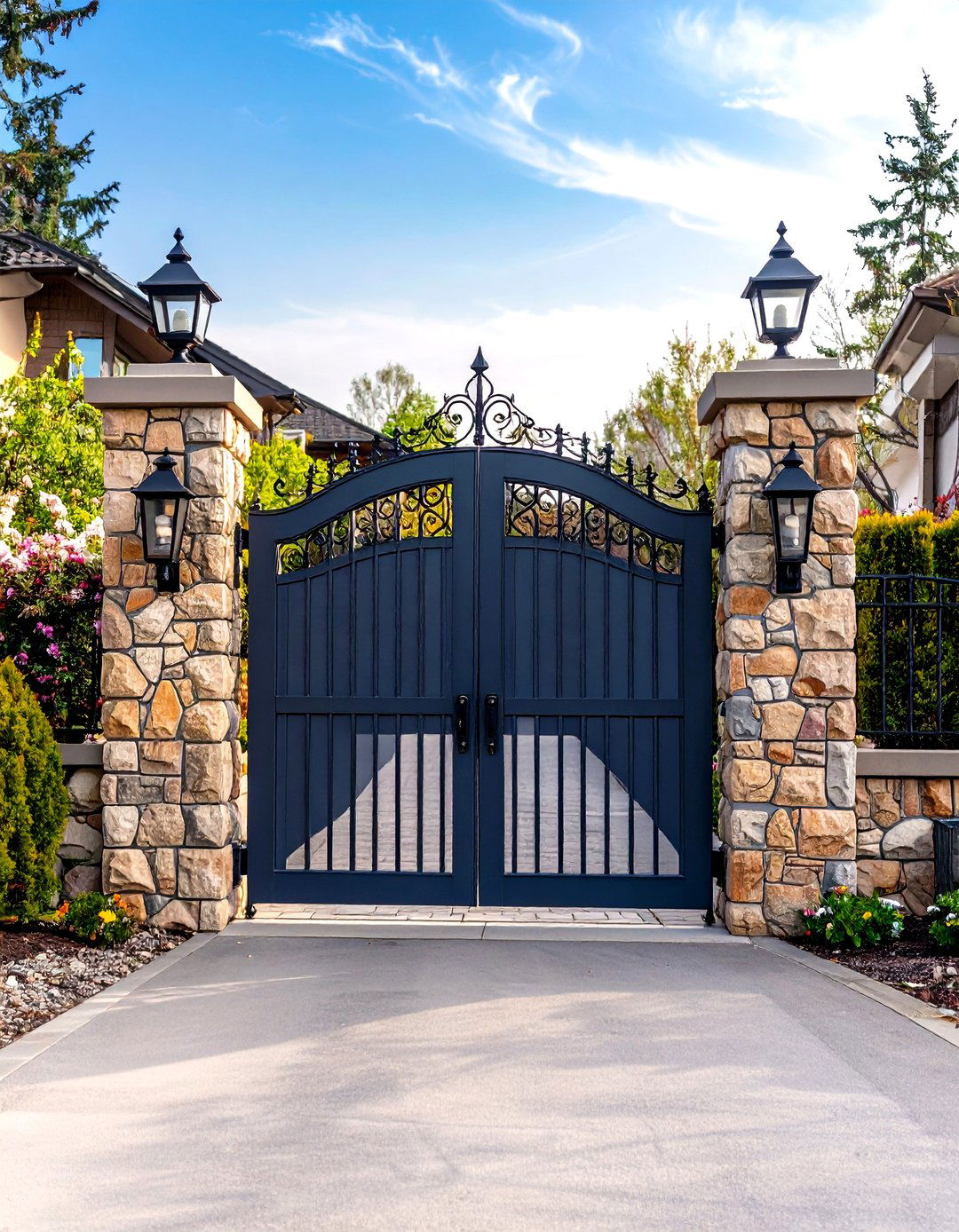
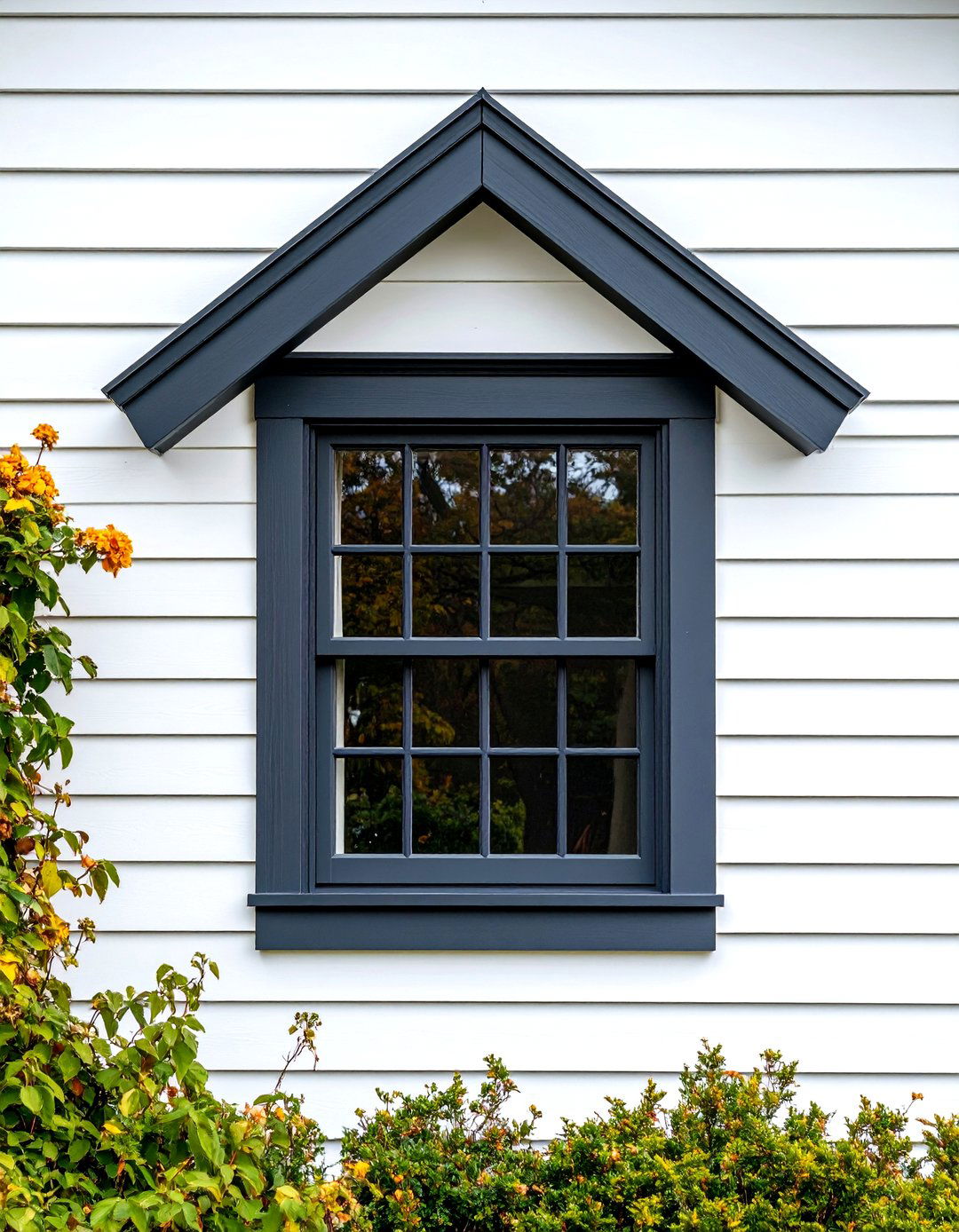
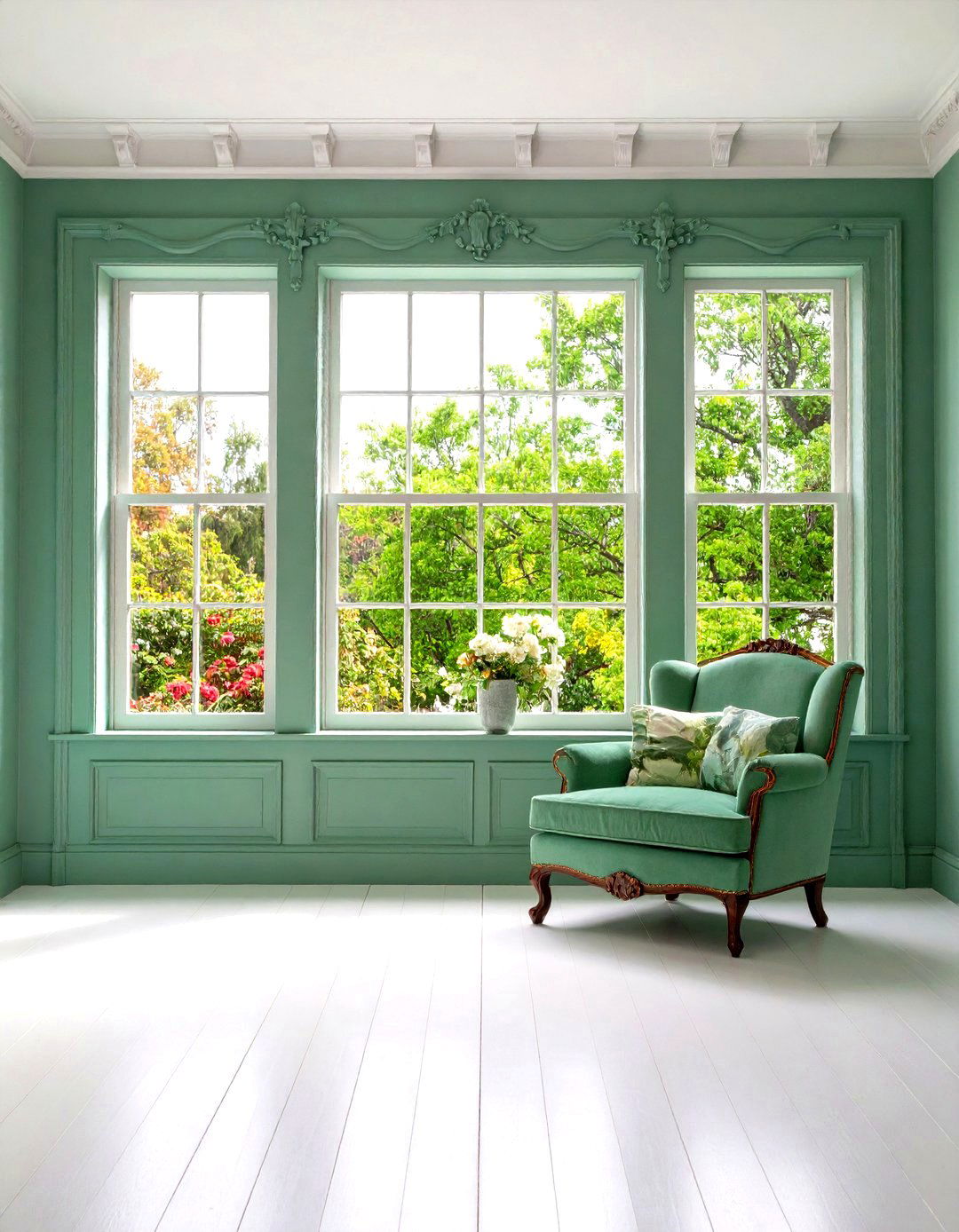
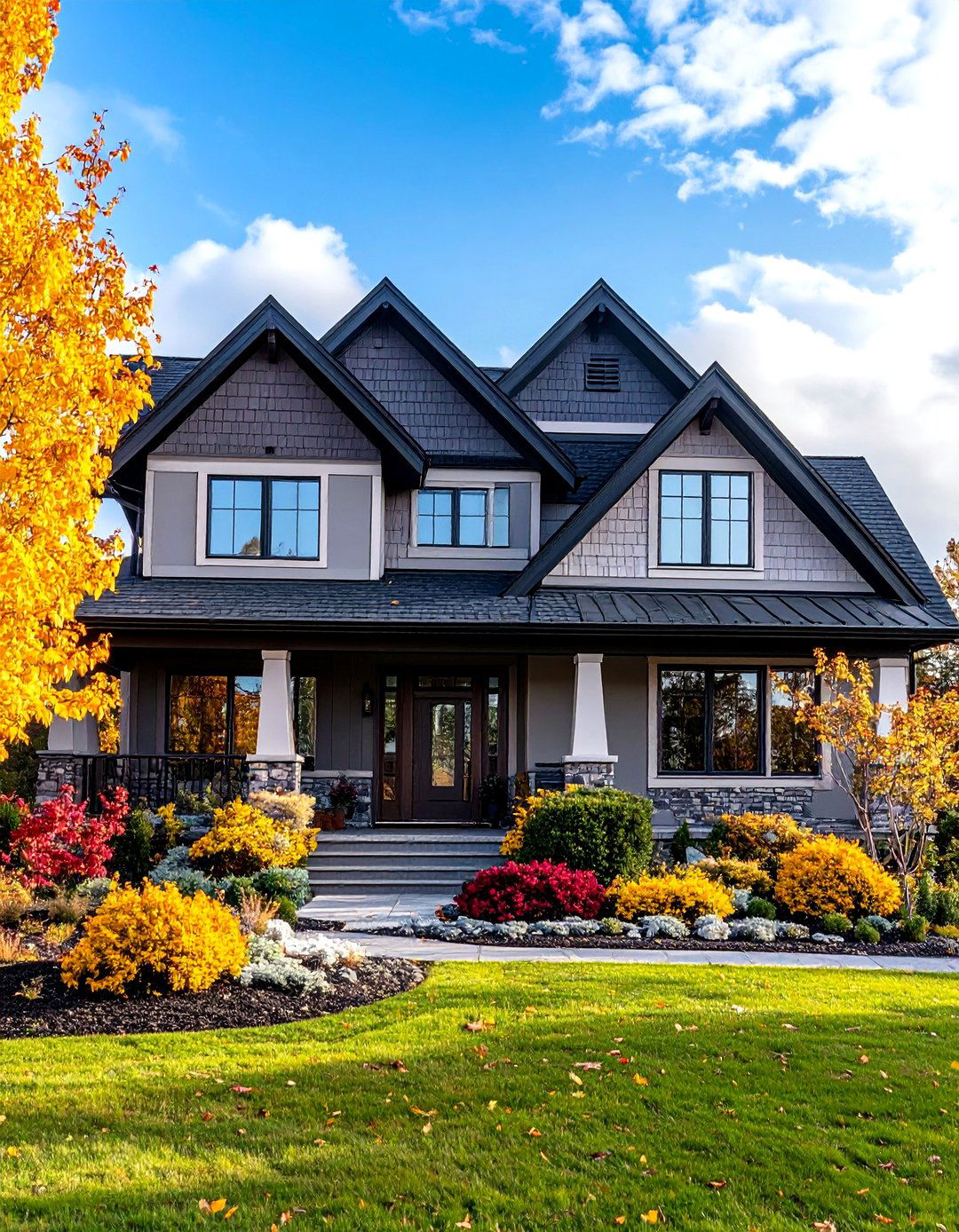
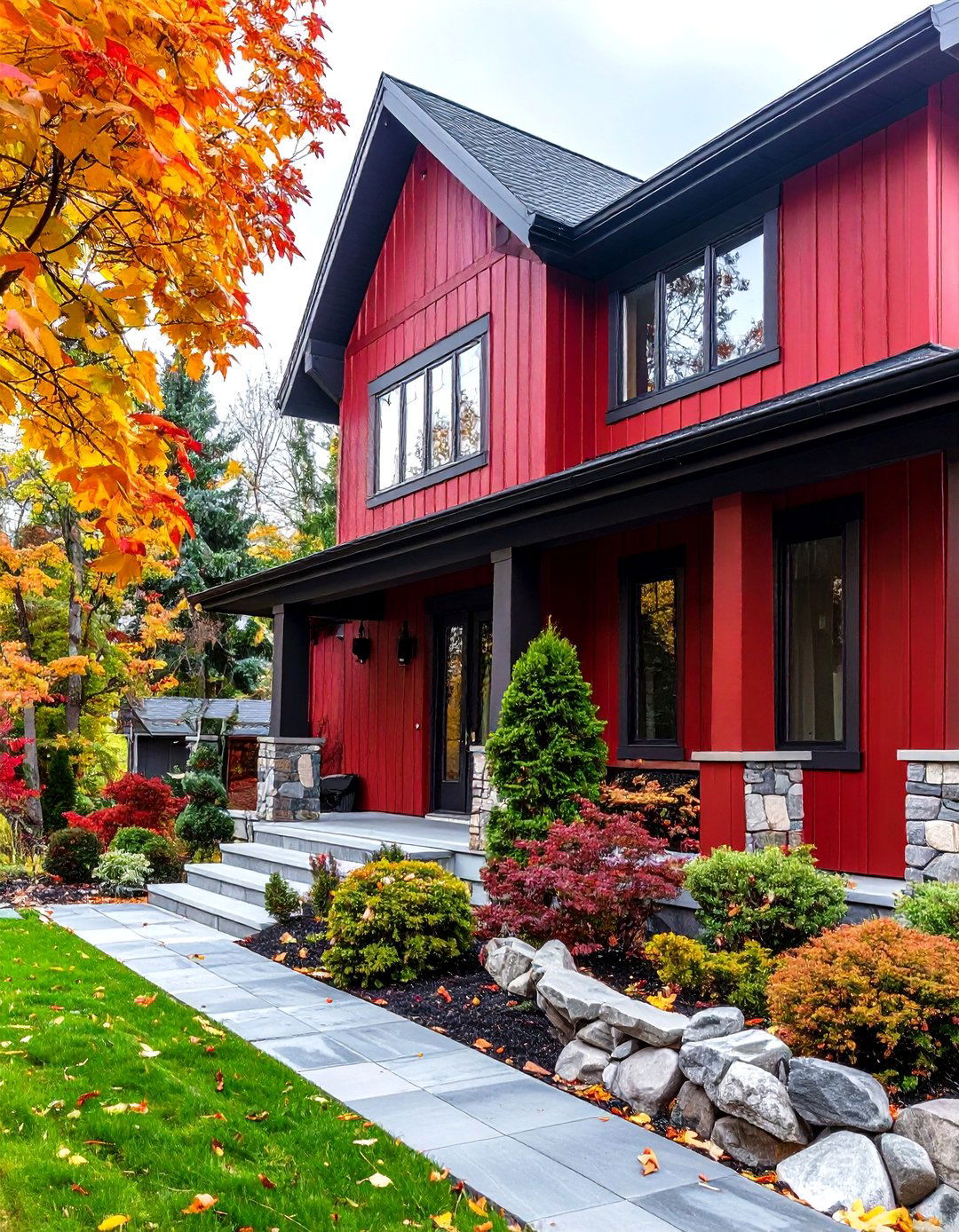
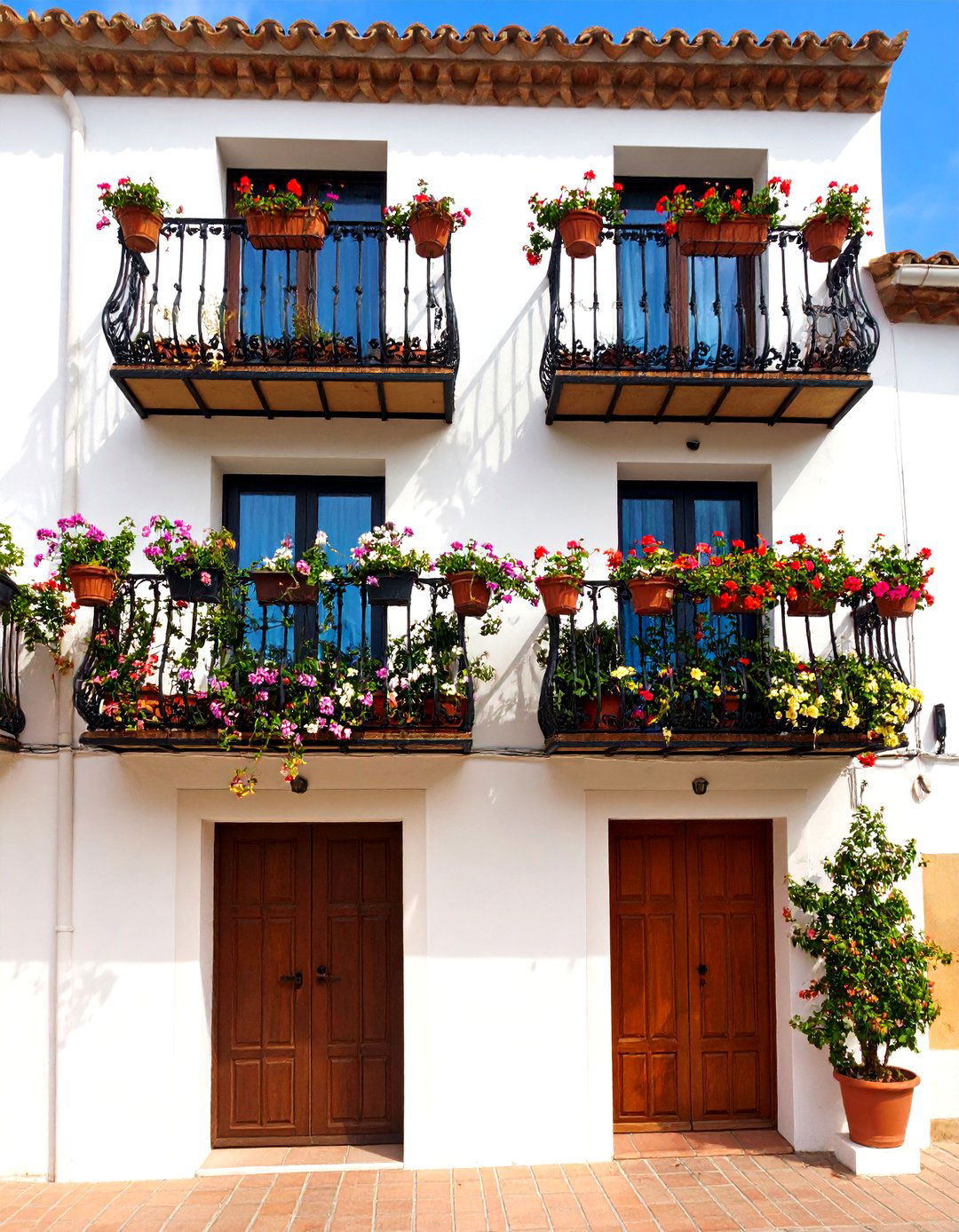
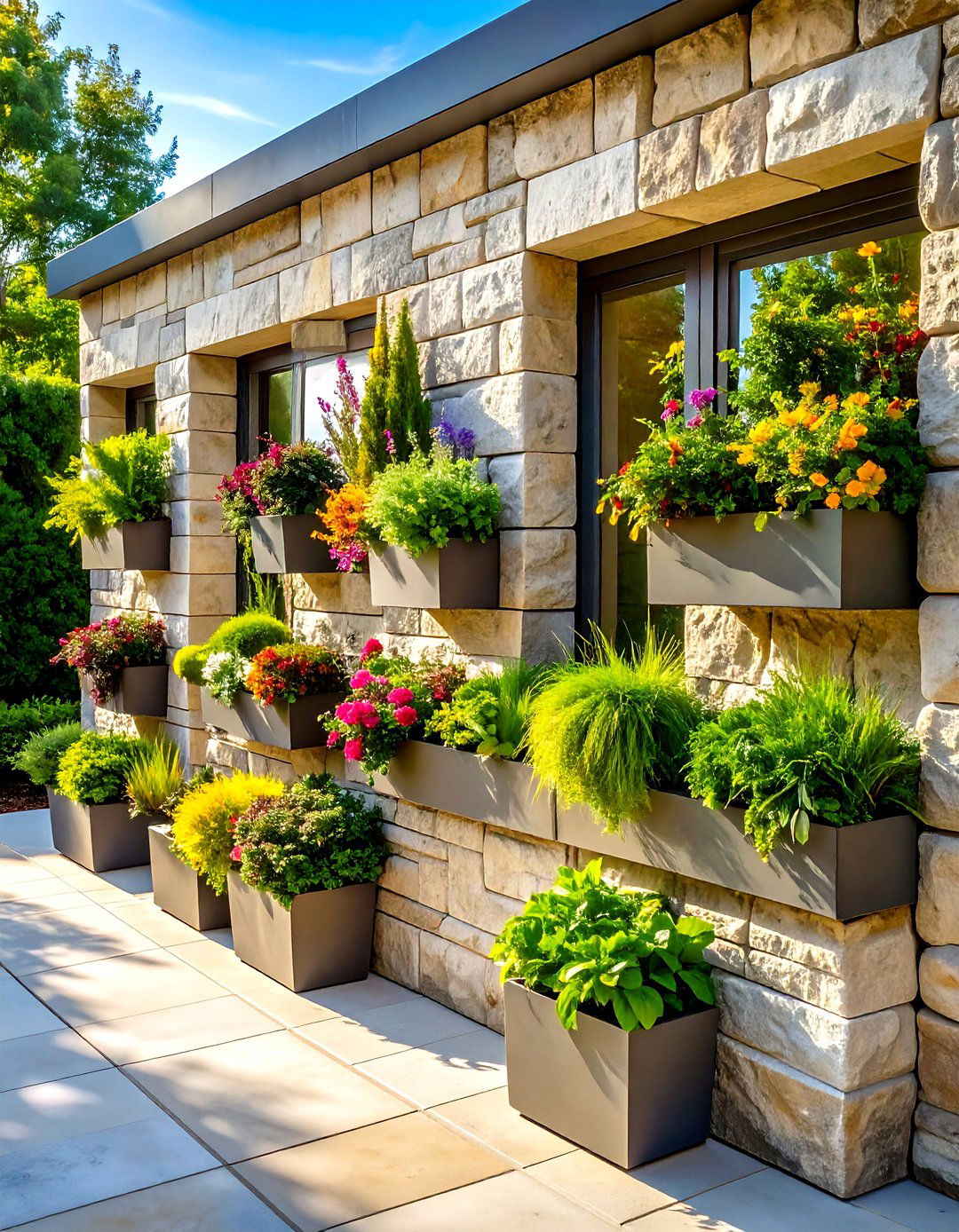

Leave a Reply